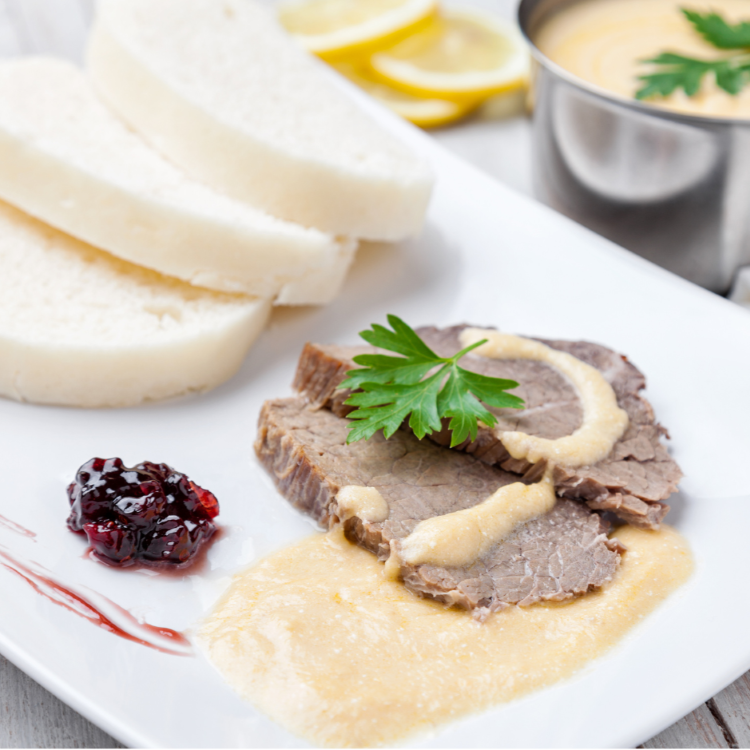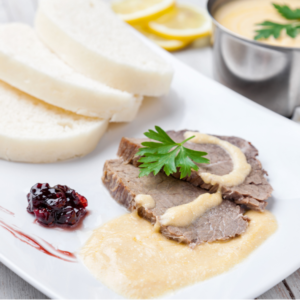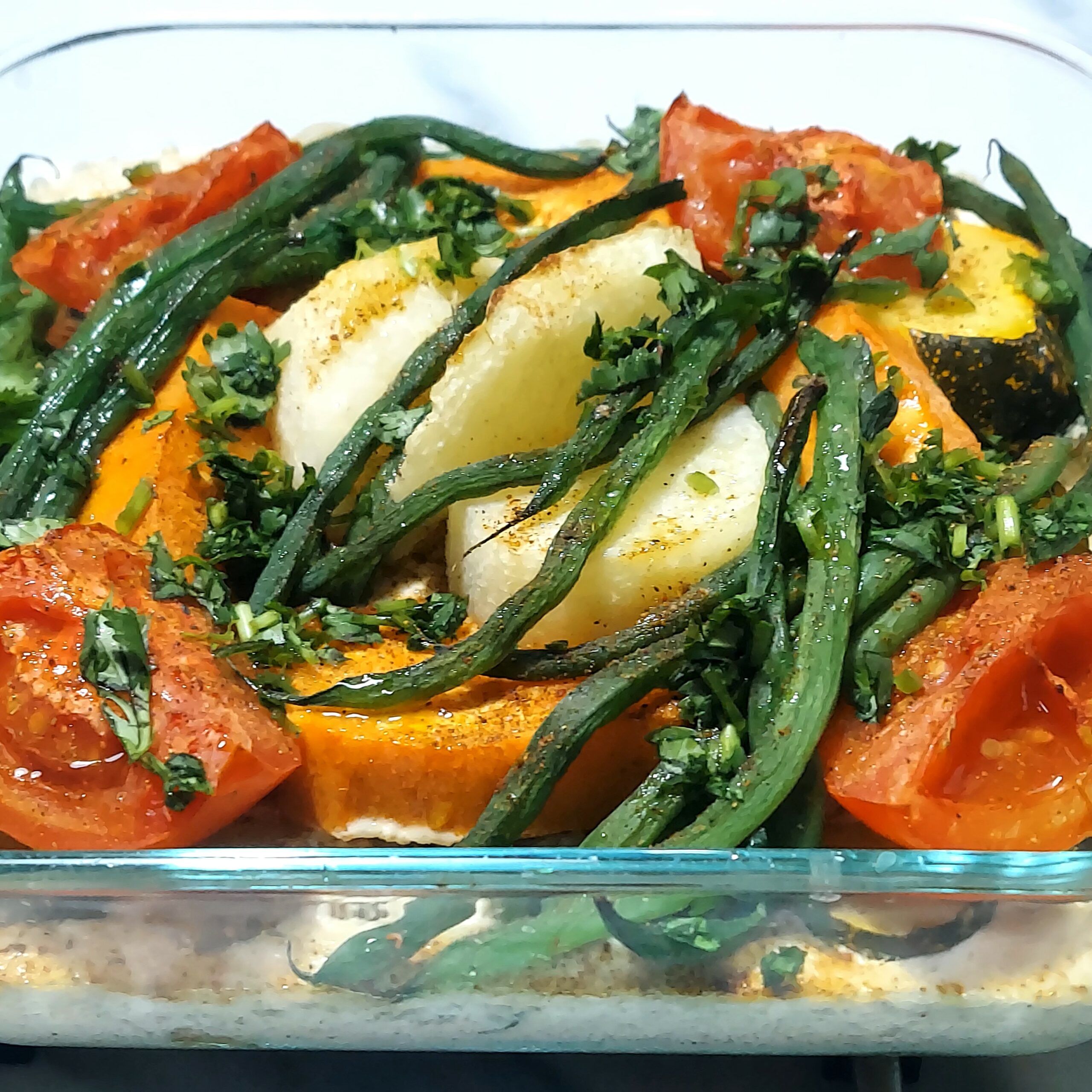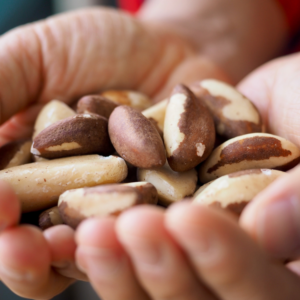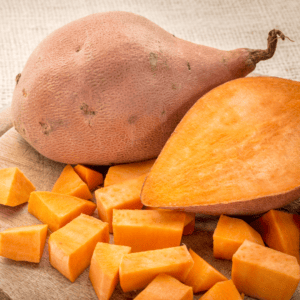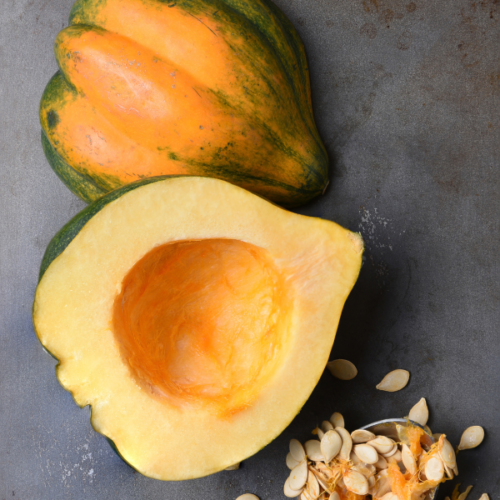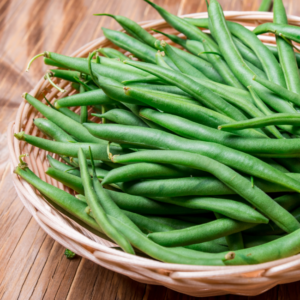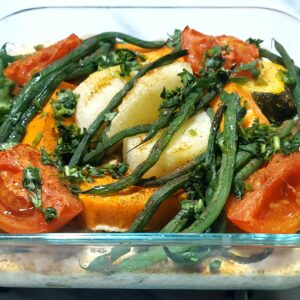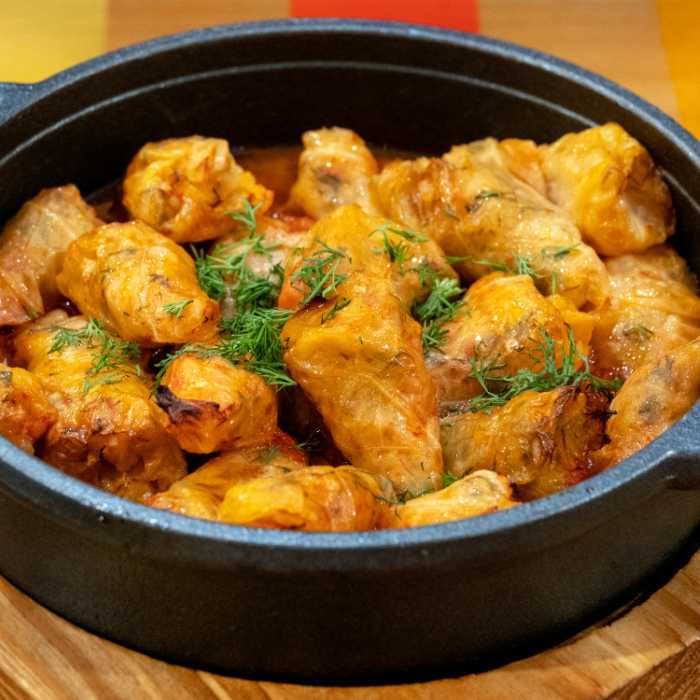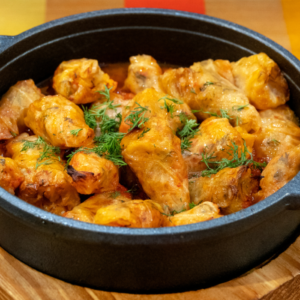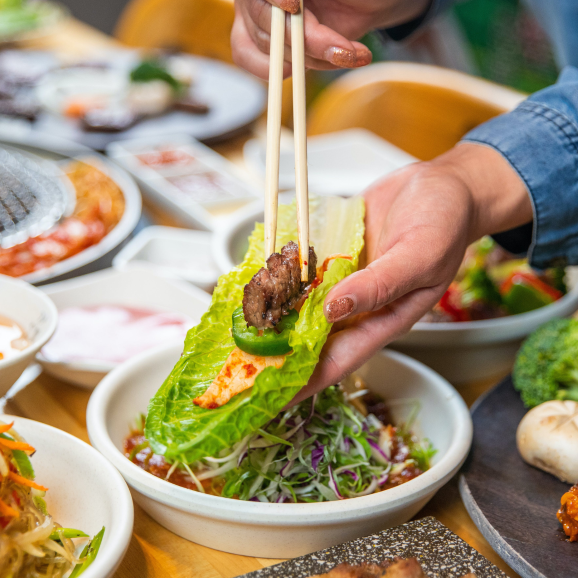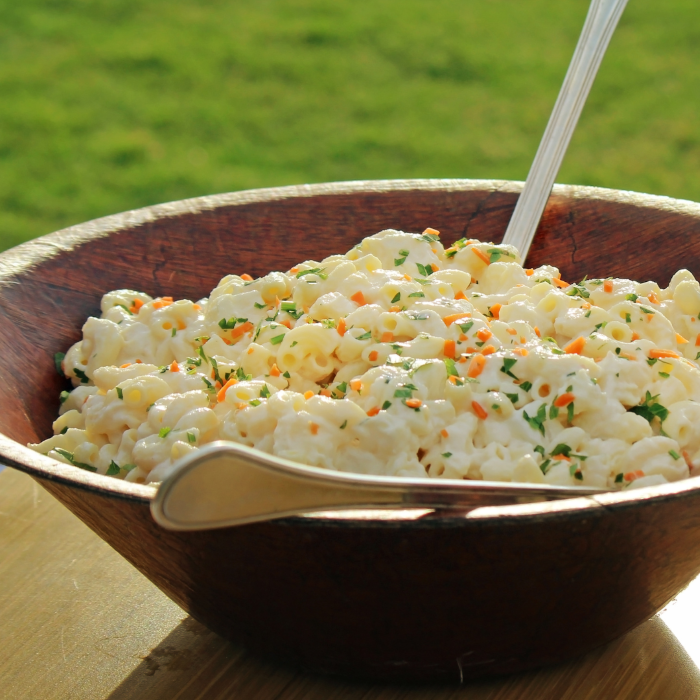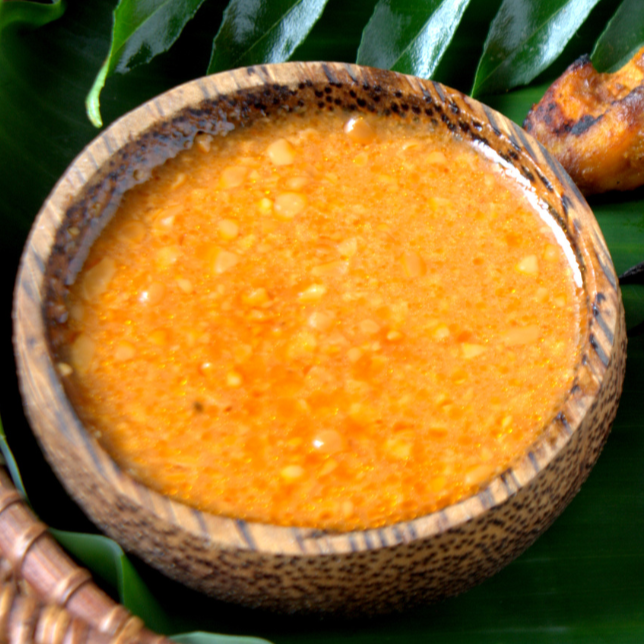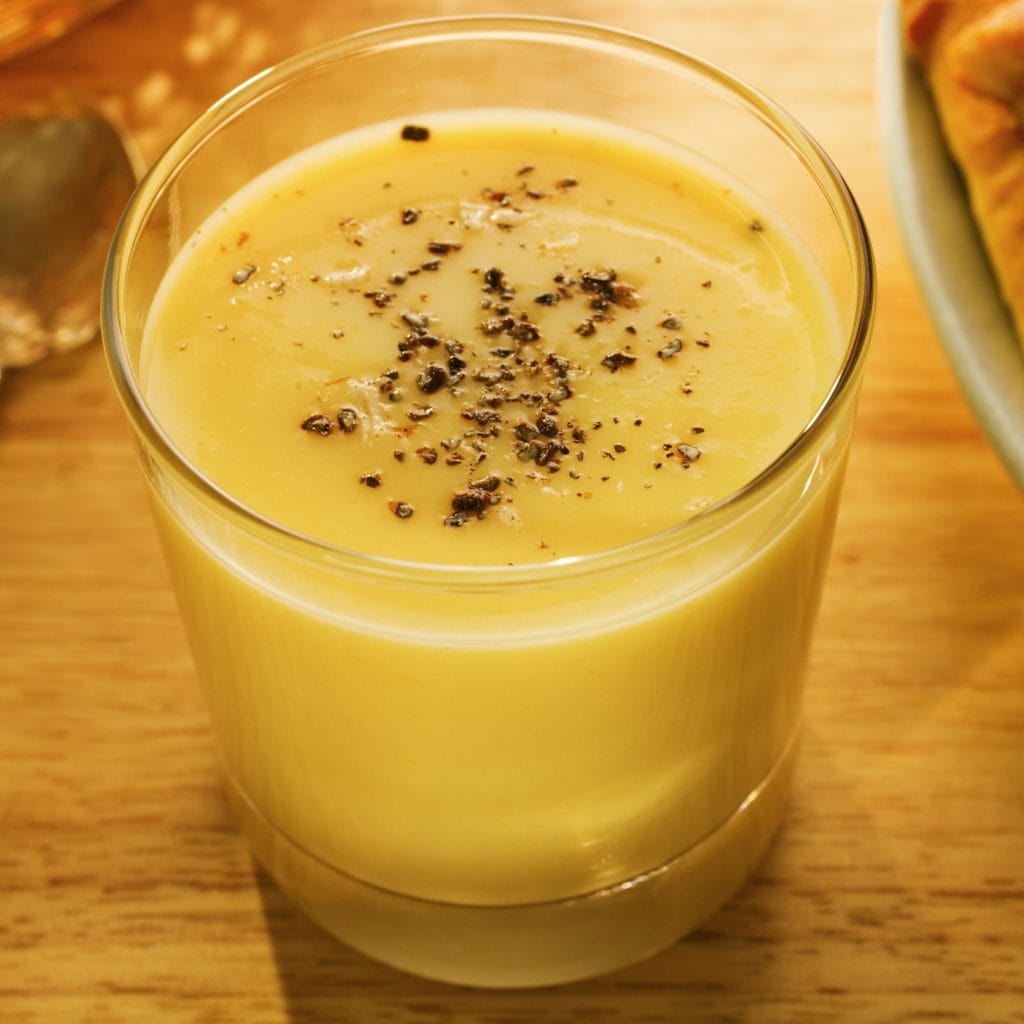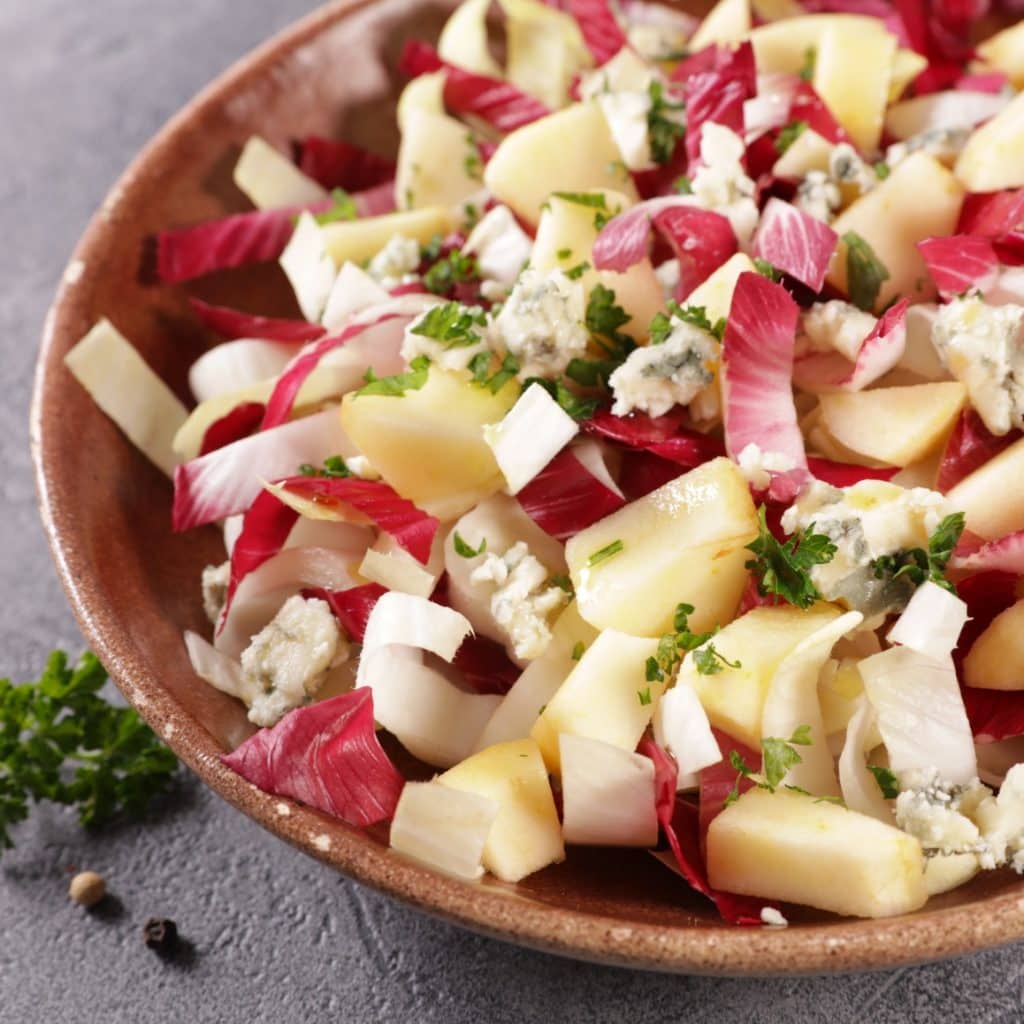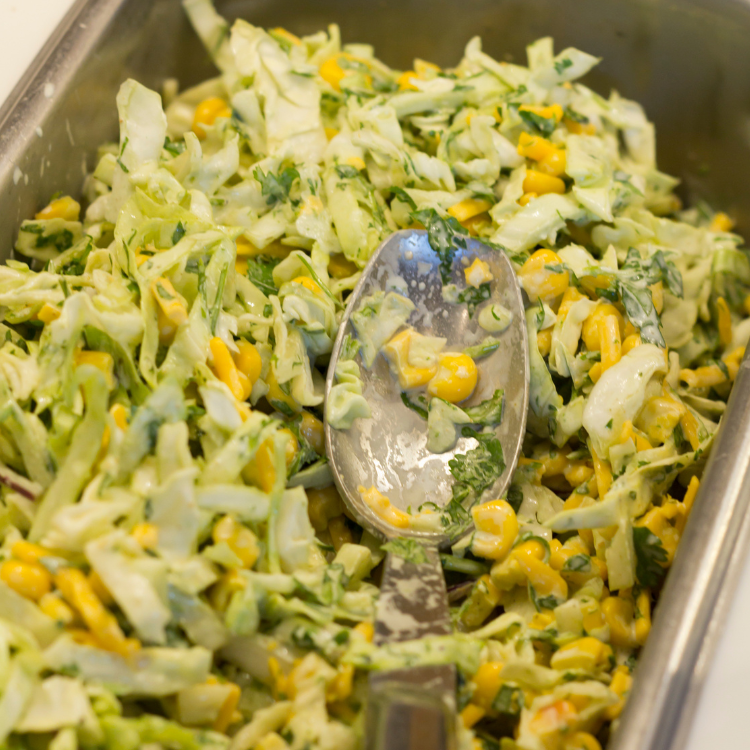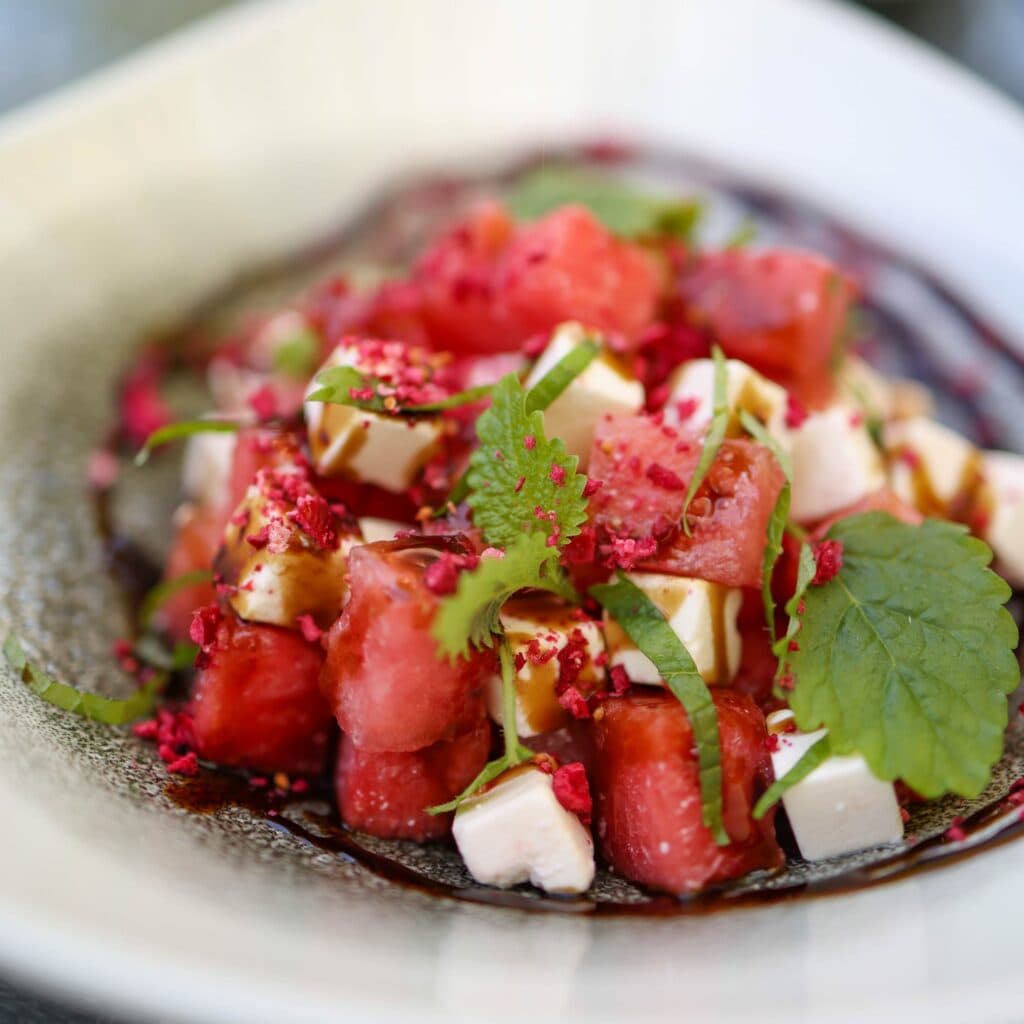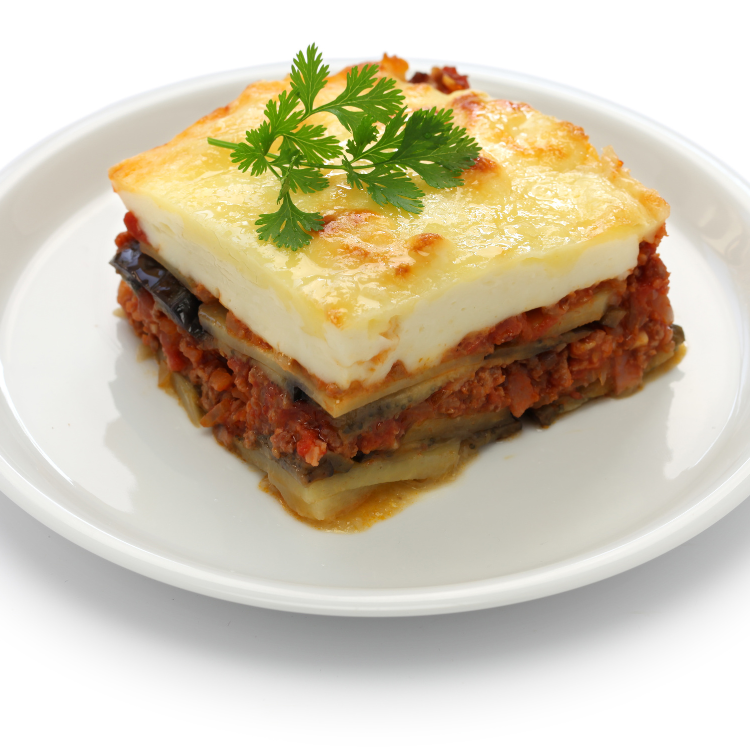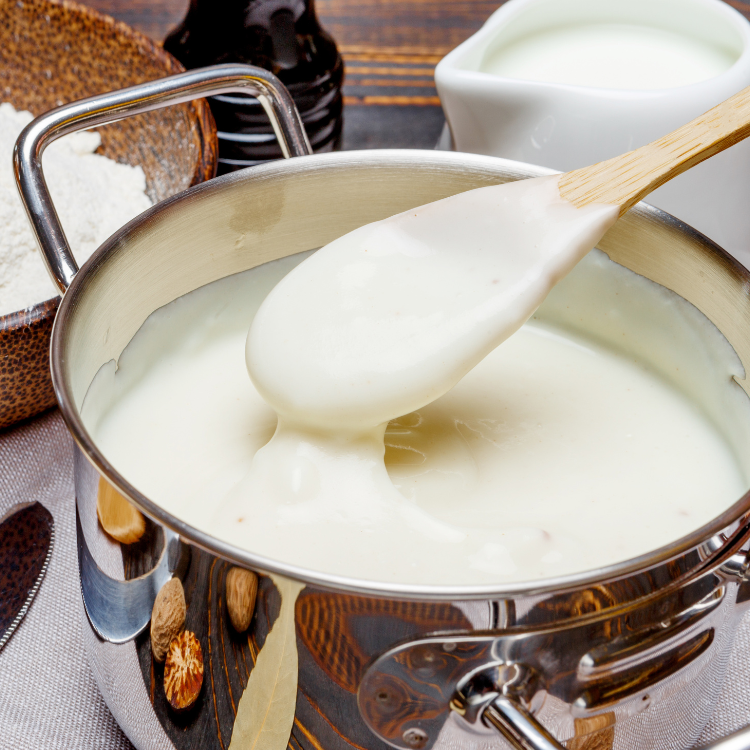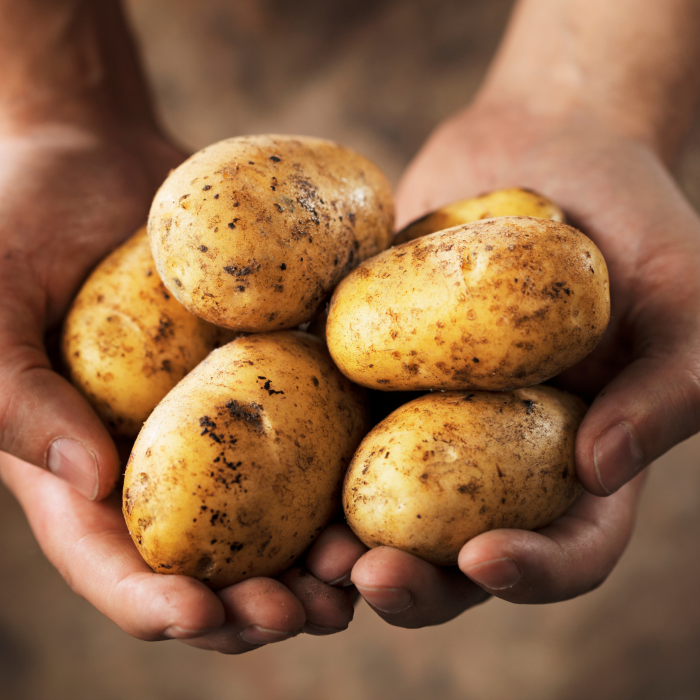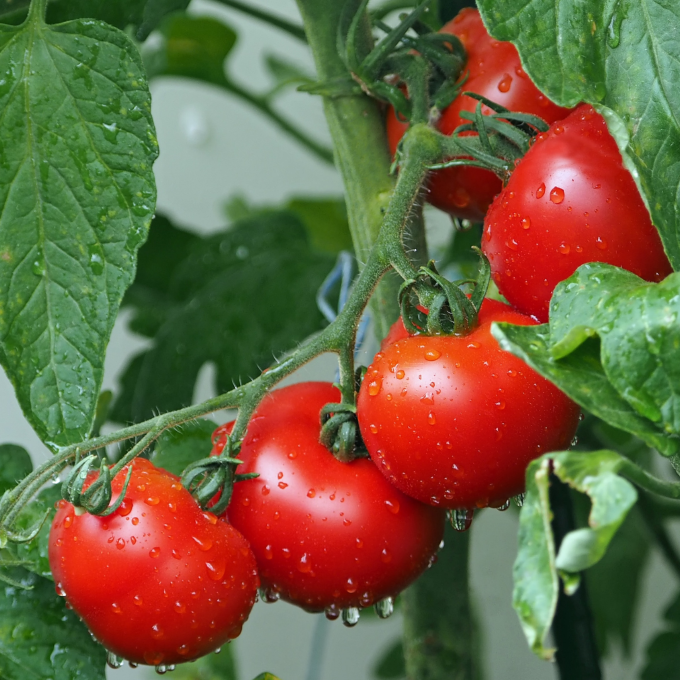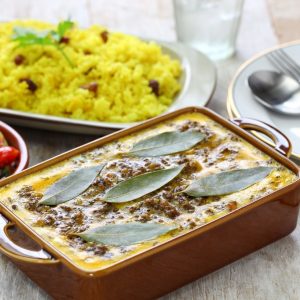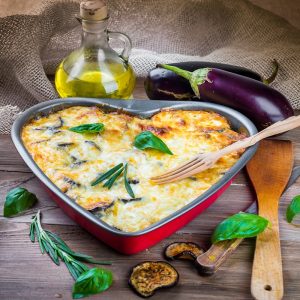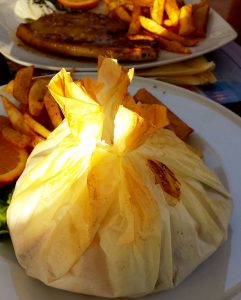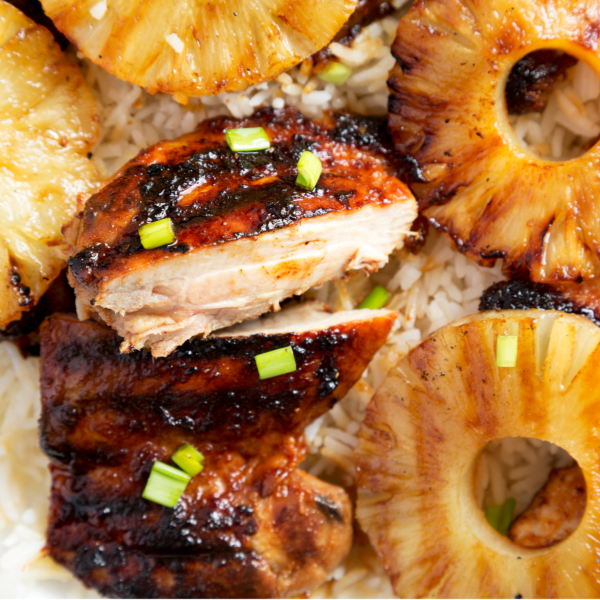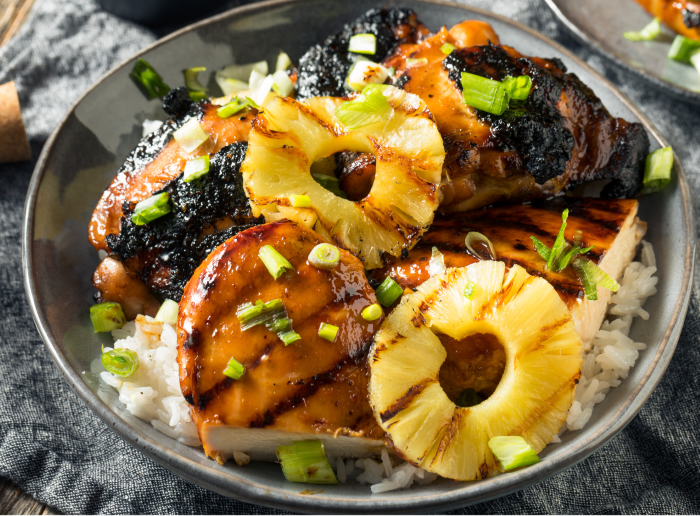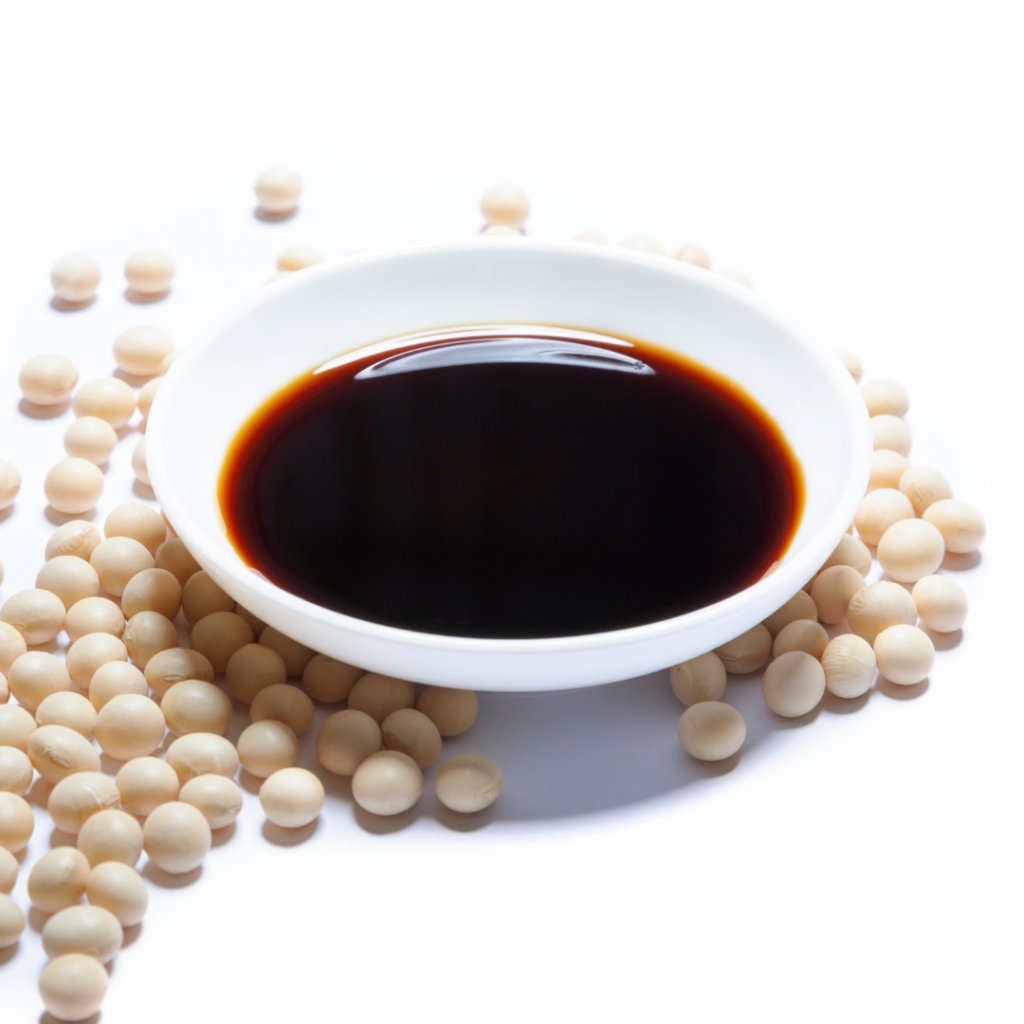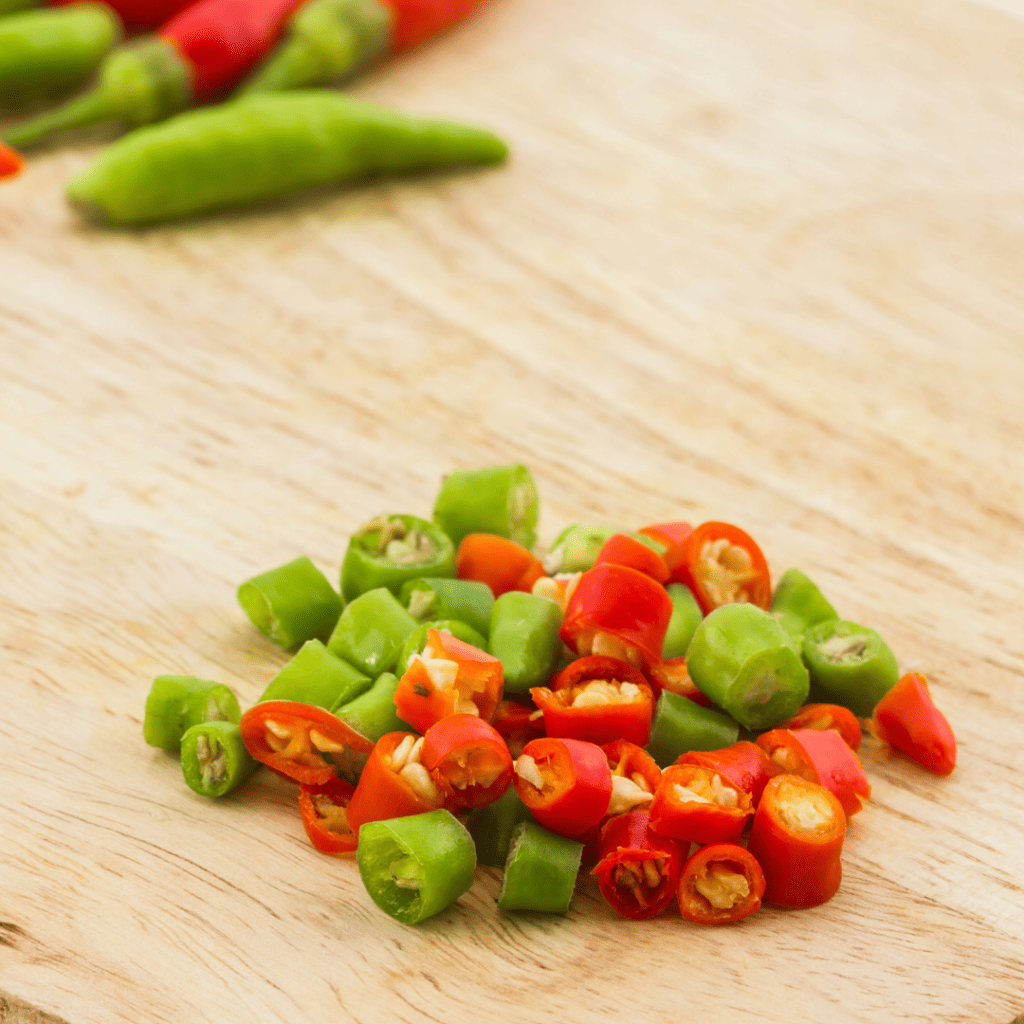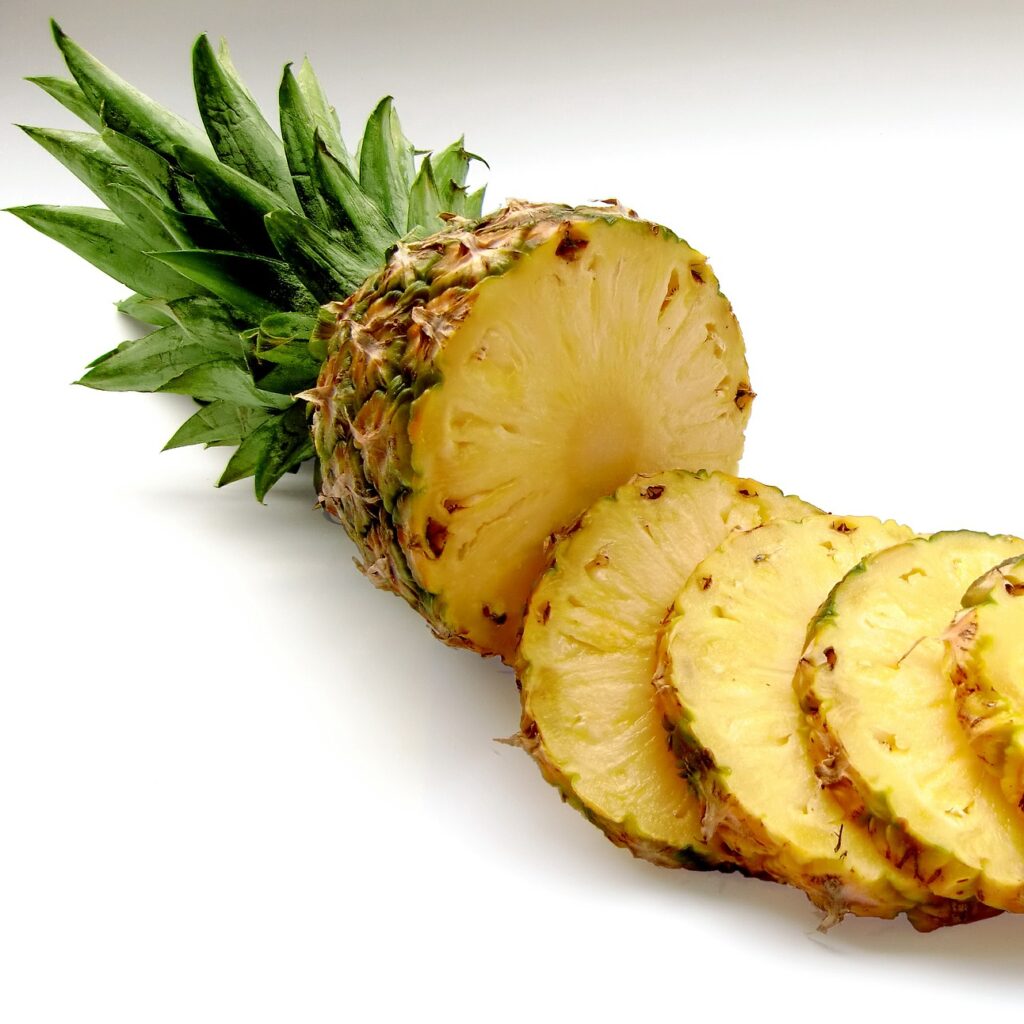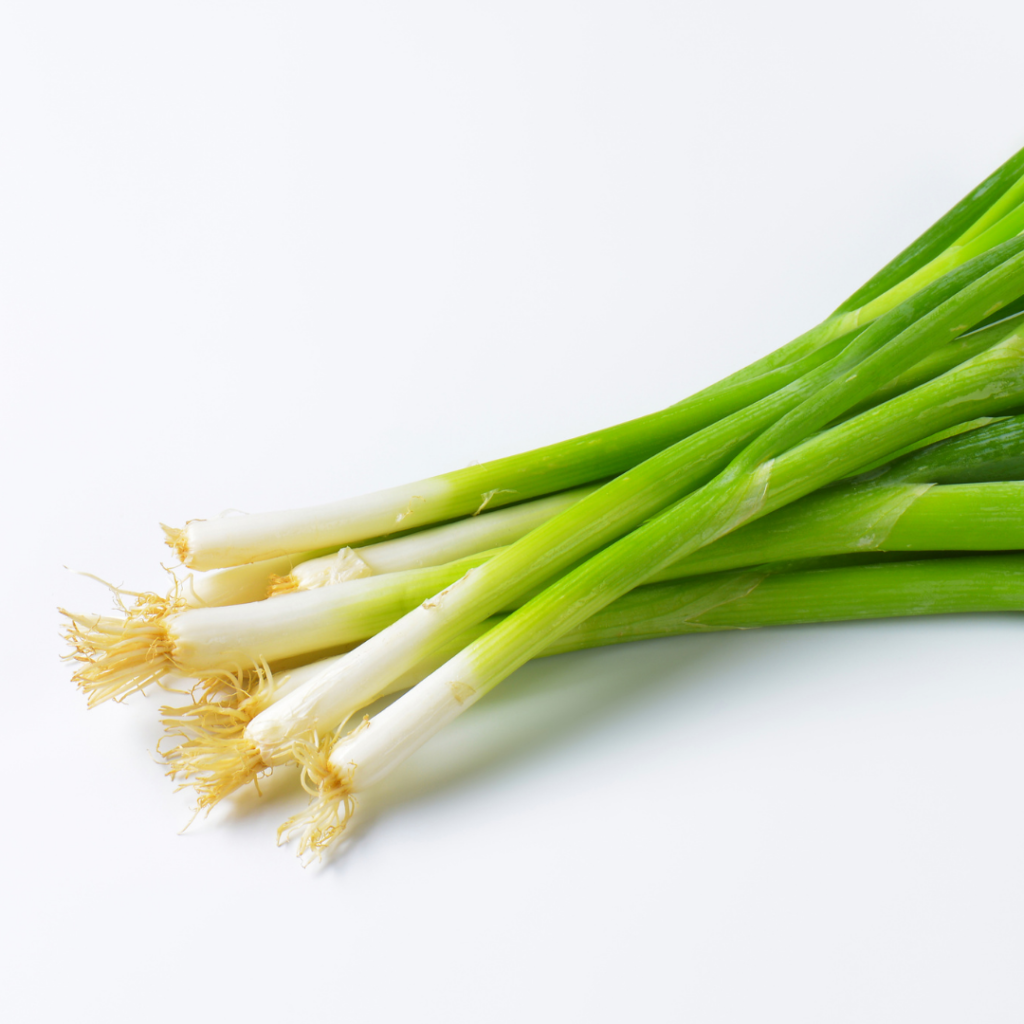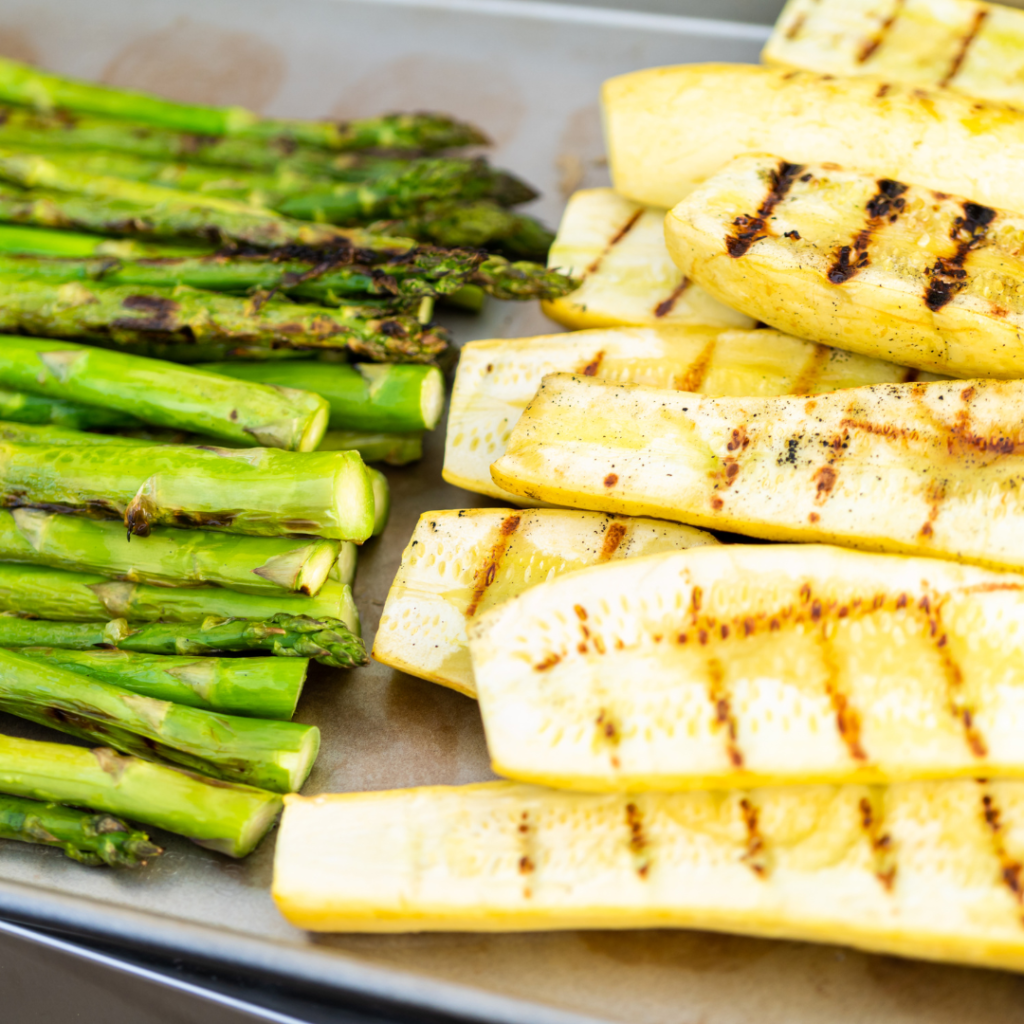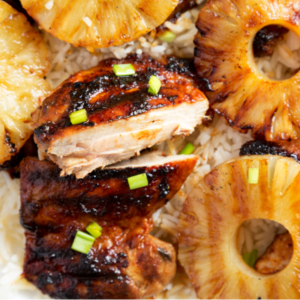Czech Svíčková na Smetaně - Short Chicken Version
SpiceBreezeThis beloved Czech dish, has a name that sparks curiosity. While *svíčka* means "candle" in Czech, one theory links it to medieval feasts held by candlelight. This classic dish features tenderloin, cooked with vegetables, seasoned with juniper and allspice. The vegetables are blended with gravy and cream into a velvety sauce. Served with cream, dumplings, and cranberry sauce, Svíčková perfectly balances savory and sweet flavors, earning its place as a true Czech fall favorite.This recipe works well with beef, pork, chicken, or a plant-based tenderloin.
hands-on time 30 minutes mins
Course Main Course
Cuisine Czech
Servings 3
Ingredients
Protein
- 1 lb chicken pieces of your choice [1]
Fresh Produce
- 1 medium onion finely chopped
- 2 small carrots [2]
- 2 medium parsnips [2]
- 3 celery stalks [2]
- 1 lemon for juice
Dairy and Packaged Goods/Staples
- 1/2-1 cup sour cream [3]
- 1-2 cup whipped cream optional
- butter or oil
- salt & pepper
Culinary Spice Kit
- 1 pouch Onion, allspice, juniper, black peppercorn, marjoram, thyme, bay leaves, celery
Suggested Sides
- cranberry sauce [4] or dried cranberries
- bread or potato dumplings, or gnocchi
- potatoes, boiled or mashed
Instructions
Prepare
- Roughly chop the vegetables.
Cooking the Vegetables and Chicken
- In a POT, cook onions in 2 tbsp of butter over medium heat until translucent.
- Add vegetables and cook for 5 minutes while stirring frequently.
- Add 5 cups water, the chicken, Svíčková spices, and salt to taste. Bring to a boil.
- Cook over medium-low heat for 20 minutes, or until the chicken is cooked and the vegetables are tender.
- Take the chicken out and keep it warm.
Cook the Gravy
- Use a hand blender to purée the vegetables into a smooth sauce.
- Stir in ½ cup of sour cream (or more to taste).
- To thicken the gravy, add a flour slurry [5] if desired.
- Cook over low heat for 5 to 10 minutes, stirring occasionally.
Serve
- Serve the creamy gravy over the chicken, topped with whipped cream, cranberry sauce, and your favorite side dish.
- Finish with a sprinkle of lemon juice to taste.
Notes
[1] Find the authentic recipe with beef here.
[2] Alternative Vegetables:
- for carrots: Jerusalem artichoke, pumpkin, sweet potato
- for parsnip: turnip, rutabaga, kohlrabi
- for celery stalks: celery root
Czech Svíčková na Smetaně - Authentic Beef Version
SpiceBreezeThis beloved Czech dish, has a name that sparks curiosity. While *svíčka* means "candle" in Czech, one theory links it to medieval feasts held by candlelight. This classic dish features tenderloin, cooked with vegetables, seasoned with juniper and allspice. The vegetables are blended with gravy and cream into a velvety sauce. Served with cream, dumplings, and cranberry sauce, Svíčková perfectly balances savory and sweet flavors, earning its place as a true Czech fall favorite.This recipe works well with beef, pork, chicken, or a plant-based tenderloin.
hands-on time 1 hour hr
Course Main Course
Cuisine Czech
Servings 3
Ingredients
Protein
- 1 lb beef tenderloin or sirloin [1]
- 2 oz bacon cut into 1 inch slices
Fresh Produce
- 1 medium onion finely chopped
- 2 small carrots [2]
- 2 medium parsnips [2]
- 3 celery stalks [2]
- 1 lemon for juice
Dairy & Packaged Goods/Staples
- 4 tbsp butter
- 1 tbsp white vinegar
- 2 tbsp flour
- 1 cup milk
- 1 cup heavy cream
- 1-2 cup whipped cream optional
- salt & pepper
Culinary Spice Kit
- 1 pouch Onion, allspice, juniper, black peppercorn, marjoram, thyme, bay leaves, celery
Suggested Sides
- cranberry sauce [3] or dried cranberries
- bread or potato dumplings, or gnocchi
- potatoes, boiled or mashed
Instructions
Prepare
- Chop the vegetables into bite-size chunks.
- Make 3 to 5 deep slits in the meat, being careful not to cut all the way through. Tuck bacon slices into each slit.
Cooking the Vegetables and Meat
- In a POT, heat the remaining bacon until it releases some fat.
- Add the meat and sear over high heat on all sides until browned. Remove the meat and set aside.
- Melt 2 tbsp butter over medium heat.
- Add onions and cook until translucent.
- Add the vegetables and 1 tbsp vinegar. Mix well.
- Cook for 10 minutes or until the vegetables turn slightly golden, stirring frequently.
- Return the meat to the pot. Add 5 cups water, Svíčková spices, and salt to taste. Cover. Bring to a boil.
- Cook over medium-low heat for 90 minutes, or until the meat and vegetables are tender.
- Take the meat out and keep it warm.
Prepare the Gravy
- In a small POT, melt butter over medium heat.
- Add 2 tbsp flour and stir constantly for about 2-3 minutes until the mixture turns golden brown.
- Slowly add 1 cup of milk while whisking continuously.
- When all is well incorporated, add mixture to the big pot with the vegetables.
- Use a hand blender to purée the vegetables into a smooth sauce.
- Cover and continue to cook over low heat for 15 minutes.
- Stir in 1 cup of heavy cream (or more to taste). Mix well.
Serve
- Serve the creamy gravy over the meat, topped with whipped cream, cranberry sauce, and your favorite side dish.
- Finish with a sprinkle of lemon juice to taste.
Notes
[1] Alternative: pork tenderloin
For the quick version with chicken, see our recipe here.
[2] Alternative Vegetables:
- for carrots: Jerusalem artichoke, pumpkin, sweet potato
- for parsnip: turnip, rutabaga, kohlrabi
- for celery stalks: celery root
